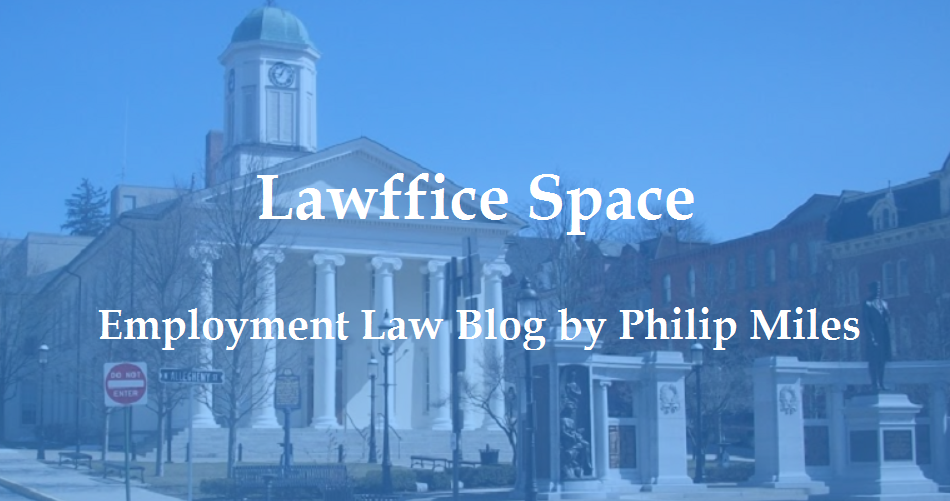Having now read the opinion, it turns out that Chief Justice Roberts addresses this issue. Roberts sets forth a procedure for analyzing constitutional authority:
- Identify the most reasonable interpretation of the statute. In this case, that meant treating the mandate with a penalty... like a mandate with a penalty - a power that suggests Commerce Clause.
- Analyze whether the Constitution's enumerated powers give Congress the authority to enact the statute under its most reasonable interpretation. If so, then we're done: Constitutional. In this case, per the majority, the Constitution's Commerce Clause does not grant Congress the authority to enact the individual mandate.
- We're not done though - “[E]very reasonable construction must be resorted to, in order to save a statute from unconstitutionality.” Hooper v. California, 155 U. S. 648, 657 (1895). The Court will then turn to any reasonable interpretation it can find, even if it's not "the most natural interpretation." In this case, Roberts concluded that the mandate and penalty would be unconstitutional... but maybe there's a secondary interpretation that could save this thing. Here, Roberts accepts that interpreting the mandate and penalty as a tax is a reasonable, albeit not the most reasonable, interpretation.
- Analyze the constitutionality of the back-up interpretation. Here, the majority finds that the mandate is a valid exercise of Congress's taxing power (note: a different majority than rejected the Commerce Clause argument... which has led some to question whether the Commerce Clause issue is mere dicta). Therefore, the mandate is constitutional.
- Although it was not necessary here, I assume we repeat steps 3-4 going through every reasonable interpretation until we find one that is constitutional (law is constitutional) or run out (unconstitutional).
The downside of this procedure is that it creates the potential to distort a law and read it as something it is not to uphold an unconstitutional law. In fact, that's effectively what the dissent argues... Roberts turned a mandate and penalty into something it's not (a tax).
The upside is that it affords the legislative branch some deference so long as the Court can reasonably interpret a law as constitutional. This is the pro-democracy argument - elected legislators who can be voted out should be granted deference by nine unelected lifetime appointees.
Image: Chief Justice John Roberts - public domain as work of U.S. government.


No comments:
Post a Comment